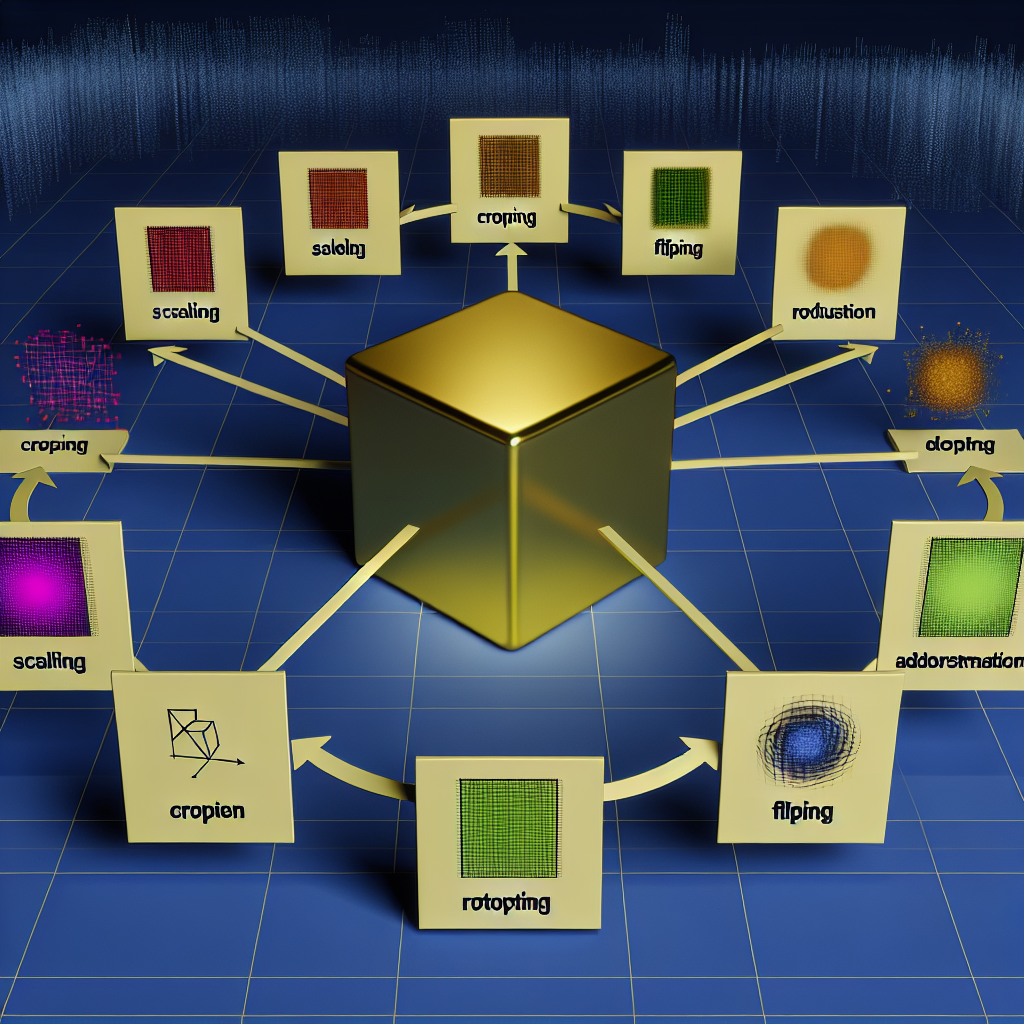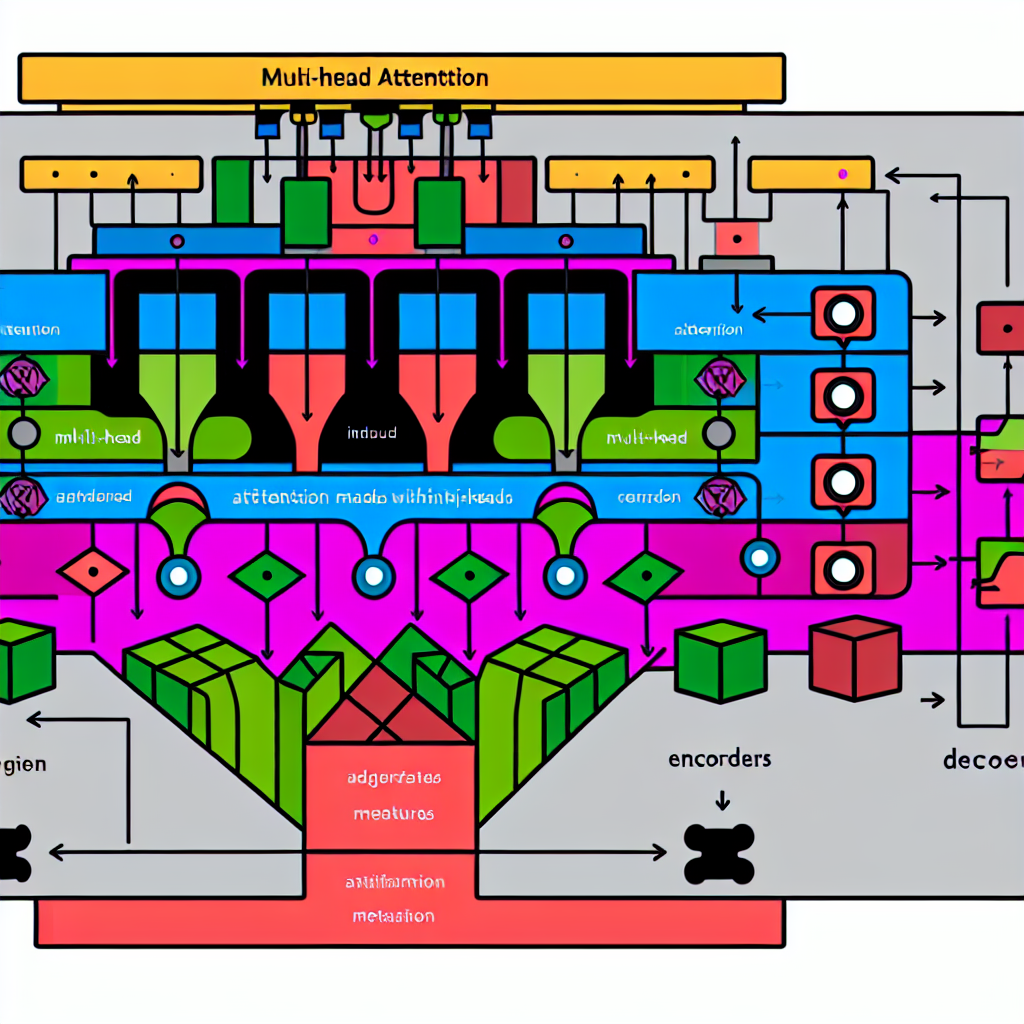GenAI for Data Augmentation: Advanced Techniques for 2025
In the rapidly evolving landscape of artificial intelligence, the role of Generative AI (GenAI) in data augmentation is more crucial than ever. As data scientists and AI professionals grapple with the challenges of limited or biased datasets, GenAI offers transformative solutions that enhance data quality and model performance. This article dives deep into the world of GenAI for data augmentation, exploring cutting-edge applications, frameworks, and real-world use cases that you need to know for 2025.
Advanced Applications of GenAI
GenAI has revolutionized data augmentation by enabling the creation of synthetic data that is remarkably realistic. It is widely utilized in computer vision, natural language processing, and speech recognition. One advanced application is in computer vision, where Generative Adversarial Networks (GANs) generate new images that augment training datasets, enhancing model robustness and accuracy.
Another notable application is in NLP, where models such as GPT (Generative Pre-trained Transformer) generate textual data to train and validate language models. This helps overcome the limitations of data scarcity and improves language understanding capabilities. Additionally, GenAI is instrumental in augmenting audio data for speech recognition, allowing models to learn from diverse and nuanced audio inputs.
Learn more about AI in computer vision
Explore advanced NLP techniques
Frameworks and Tools
The landscape of GenAI frameworks is vast and constantly evolving. Leading tools include TensorFlow, PyTorch, and Keras, which provide flexible libraries for building generative models. Specific tools like OpenAI’s DALL-E and Google’s BigGAN are tailored for creating high-quality, realistic images, fueling innovation in fields requiring large-scale image datasets.
Moreover, platforms such as Hugging Face offer pre-trained models and APIs that simplify the integration of GenAI into existing projects. These tools not only accelerate the development cycle but also enable more precise control over the data augmentation process, allowing for customizable and context-specific data generation.
Real-World Examples
In the healthcare industry, GenAI-driven data augmentation has paved the way for unprecedented advancements. For instance, GANs are used to generate synthetic medical images that aid in the training of diagnostic models without compromising patient privacy. This has accelerated research and improved diagnostic accuracy in fields like radiology and pathology.
Similarly, in autonomous driving, data augmentation is critical for training models to recognize diverse driving conditions. Companies like Tesla and Waymo employ GenAI to create varied driving scenarios, enabling autonomous vehicles to learn from a broader spectrum of road environments.
Frequently Asked Questions
What is GenAI? Generative AI refers to AI models capable of generating new, synthetic data based on the patterns it learns from existing datasets. It is widely used for data augmentation across various fields.
How does GenAI benefit data augmentation? GenAI enhances data diversity and quantity, reducing biases and improving the generalization ability of AI models, leading to better performance and more robust outcomes.
Are there ethical considerations in using GenAI? Yes, it’s crucial to ensure that synthetic data is generated responsibly without reinforcing biases or infringing on privacy rights. Proper guidelines and monitoring are essential.
Which industries benefit most from GenAI? Industries such as healthcare, autonomous driving, and entertainment have seen significant improvements due to enhanced model training through GenAI-driven data augmentation.
Conclusion
The integration of GenAI into data augmentation processes marks a significant leap forward in AI and data science, offering solutions to many pressing challenges like data scarcity and bias. As we move toward 2025, the focus will be on refining these techniques, ensuring ethical application, and expanding their use across diverse sectors.
AI professionals and enthusiasts are encouraged to stay updated on the latest trends and consider incorporating GenAI-driven augmentation to optimize their models. Dive deeper into this fascinating field by subscribing to our newsletter for ongoing updates and insights.



